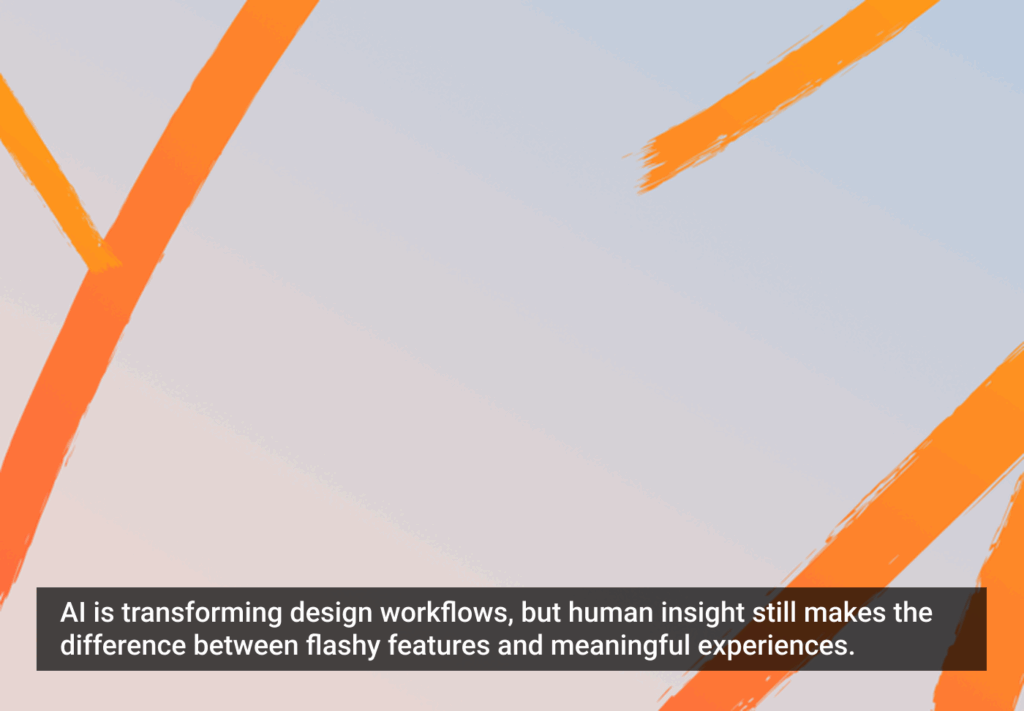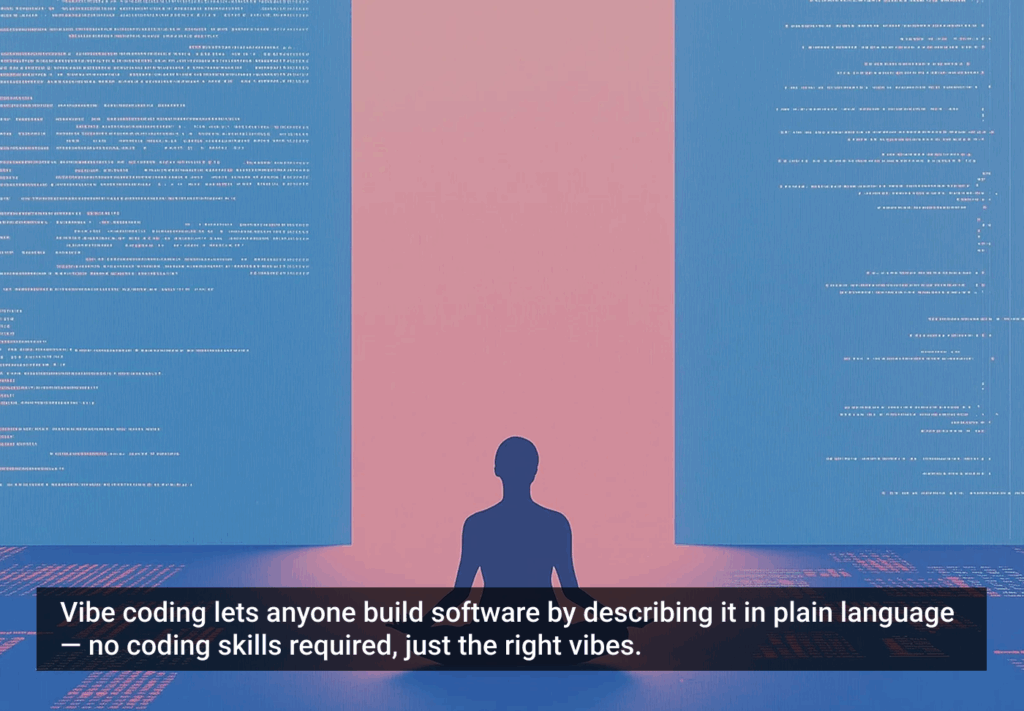Originally published on dscout.com. Visuals by Allison Corr.
We’ve been in a global pandemic now for about a year. Along with that came layoffs, remote work stress, and personal stress—compounding on top of our day-to-day professional obstacles.
Pandemic aside, burnout amongst user researchers real and common. So for full transparency, I am burnt out, as many of us are. And, I feel okay sharing that because I know I can’t be the only one.
What does this mean for me?
- I am perpetually tired and looking to the weekends to recharge. However, the weekends don’t give as much respite because lockdown in Germany is still very strict.
- My passions waver more than they ever have. There are days I wake up and don’t want to do user research anymore. Instead, I want to run away to the woods, write novels, and start a doggy daycare.
- Everything, even the most minor task, feels more and more difficult. Things pile up much faster than before, leaving me feeling like my head is just below the surface of the water.
There are times in my life when I felt the above—but the feelings came at lesser intensities, and not all at once. At times, I have become unsatisfied with jobs, but I have always held on to that spark of passion. I have gone through difficult times, but they haven’t felt unceasingly heavy.
And I see and hear about more and more people feeling this way. It makes sense. Burnout is from prolonged stress. At this point, we all need to be aware of this as a possibility. We can’t keep “pushing through” as if we are in a swamp and see the solid ground ahead. We don’t know what the other side will even look like, let alone when it will emerge.
We must take care of each other and ourselves and keep in mind that it is okay only to be operating at 65% (or 95%, 32%, 15%, or any percentage).
What are some “symptoms” of burnout?
Certain behaviors and feelings can help you determine if you are experiencing or beginning to experience burnout. Although everyone is different and has different reactions to being stressed, here are some common indicators:
- Inability to focus. You have difficulty focusing on one thing at a time and end up just doing a lot of scattered work and, ultimately, not completing tasks. Taking the time to do one task is difficult as your attention keeps getting pulled to other tasks or sources (ex: news, social media).
- Desire to avoid. When burnt-out, things keep piling up. Your to-do list overflows, and all you want to do is hideaway. The never-ending responsibilities also make it more challenging to focus. There is so much to do that it feels impossible to surmount.
- Feeling unappreciated. When you finally feel like you can accomplish something, you conclude that nothing makes a difference or is appreciated. These responsibilities are your job, and you should be doing them anyway, even if they feel impossibly hard.
- Consistently feeling demotivated. It suddenly feels significantly less important to get anything done or contribute positively. Even the easy tasks feel insurmountable, and everything feels too complicated. Suddenly work becomes dull or overwhelming until you’re ready to throw your hands in the air and walk away.
- Reduced performance. The feeling of not doing anything right then tumbles into the stress of not performing well. Reduced performance could surface as missing deadlines, feeling “spaced out” (missing phone meetings or being late to meetings), or being less engaged in your day-to-day role. It can feel like every day is a bad day.
- Overwhelming exhaustion. You are tired, but not the normal tiredness one feels. It is a type of tiredness that seeps at your bones and leaves you unable to do or care about the things you used to. This fatigue makes it hard to rectify any of the above feelings.
- Difficulty sleeping. Despite the weariness, you may not be able to sleep well. You could stay up well into the night or wake up periodically during the night. Not getting good sleep can feed into the rest of the symptoms.
This list is in no way exhaustive and is not redolent of exactly how people experience and react to burnout. Still, it is a compilation of things I have experienced myself and heard of others experiencing. You may experience all, some, or none, but that doesn’t mean you do or do not have burnout. The best thing you can do is be aware of what you are feeling now and how it may differ from “before.”
How do we support each other?
We, as a collective, need to change our mindset together to support each other. Even if you are not suffering from burnout, your colleagues, peers, manager, or reports might be. Here are some ways we can start to support each other:
- Change our expectations. We need to understand we are in a challenging time. Managers, teams, and companies should consider changing the expectations of what can get done and how quickly it can. Just because we have been working this way for almost a year now does not mean it is any better, so it is vital to make sure we aren’t trying to work as we were before.
- Check-in (about things aside from work). I started at a company entirely remotely. Almost all my meetings are about work: no water cooler chat, no lunches, no chatting about the weekend on the way to meetings. Sometimes it is great to check-in with people about things other than work. Book a quick 15- or 30-minute coffee with a colleague to say hi catch-up.
- Don’t book meetings over lunch or thinking time. The only way for us to talk now is to book meetings. That means 5-minute chats at someone’s desk can turn into a 30-minute virtual meeting. We have enough of these! If it can wait a few days or even a week, let it. And try not to book over lunch or head’s down time. We all need a mental break, and sometimes these are the only slots we get in a day.
- Have these conversations. If your company culture allows, it is okay to admit how you are feeling. Have conversations with your colleagues, people management, manager, or anyone else. Not only does speaking about how you’re feeling help, but you may also be helping someone else open up.
- Seek help if you need it. I know many companies put programs into place to help us deal with the instability of what is happening. Check them out and, if they aren’t helpful for you, look up other programs online. For instance, I struggled with having a German therapist offered by my company because of the language and culture gap, so I asked around and found someone online from the US willing to do remote sessions with me.
As a manager, I have very open conversations with my reports about how they feel, and I also share my experiences with them. Things are tough right now, and I want them to know there is a safe space to talk through these emotions. Sharing that they feel demotivated should not “get them in trouble.”
As researchers, what can we do to ease the burn?
User research can be an emotional job and feeling burnt out can make it even more stressful. In this case, we need to be aware of how our job can add to our feelings and take a few measurements to protect ourselves:
- Avoid back-to-back research sessions. Although this is sometimes unavoidable, I find breaking up the session allows me to decompress and “restart” my emotions before the next session. That way, I am ready to handle whatever is coming for the next session and am not carrying anything from the previous session. It also gives me a chance to take a quick walk, take a deep breath, get a tea, or eat something.
- Slow our velocity. We don’t need to get everything done in one day or even one week. The deadlines we set for ourselves can induce a lot of stress. Strongly consider that you might be working at a lower percentage than 100%, and readjust the amount of work you can get done. Having a neverending to-do list with unachievable deadlines will only add to your stress.
- Book heads down time. As researchers, a large part of our work involves creative time and thinking. We need to think through approaches, problems, and methodologies and just immediately come up with the answers to research questions. Take the time to think, and book that time off. I also include a lunch block and a little time in the afternoon for a quick walk.
- Be honest about your workload. Between recruitment, conducting research, synthesis, report writing, and all the small things that come up in between, it is okay to feel overwhelmed. Take the time to talk to your manager, or a peer, if you feel like your workload is unmanageable. I have recommended that my reports overestimate the amount of time and capacity a project will take, especially at the intake and “wrap-up” parts.
- Take time off, if it helps. Some people don’t want to take time off because it forces them to focus on the negative situation. However, if it helps you, take some vacation or mental health days. Yes, we may not be able to go anywhere, but some time away from work (even if it’s just to binge Netflix) can help you restart and refocus. Give your brain a break every once and a while!
We all have to face the fact that, at some point or another, we will experience the feeling of burnout, and IT IS OKAY! Nothing is more important than our mental and physical health, so it is crucial to be aware of these feelings.
There is a light at the end of this tunnel. Be kind to yourself. Try to identify why you feel this way and consider what changes you could make. You might conclude that the culture at your current role isn’t supportive enough, or you might find that simply putting in a 30-minute calendar block for a walk, meditation or yoga is enough. Find whatever works for you and stick to it. Together, we can get through this.








